15 Ways to Keep Your Elderly Dog Active
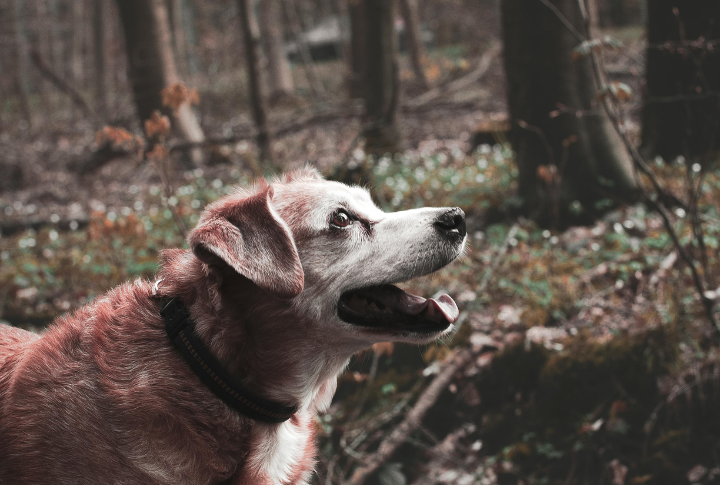
Dogs might slow down as they age, but that doesn’t mean they should stop moving! Your elderly dog needs to stay active for its health and happiness. Regular physical and mental activities help maintain mobility, reduce anxiety, and enhance quality of life. These 15 tips will show you how to keep your elderly dog moving and engaged.
Gentle Walks
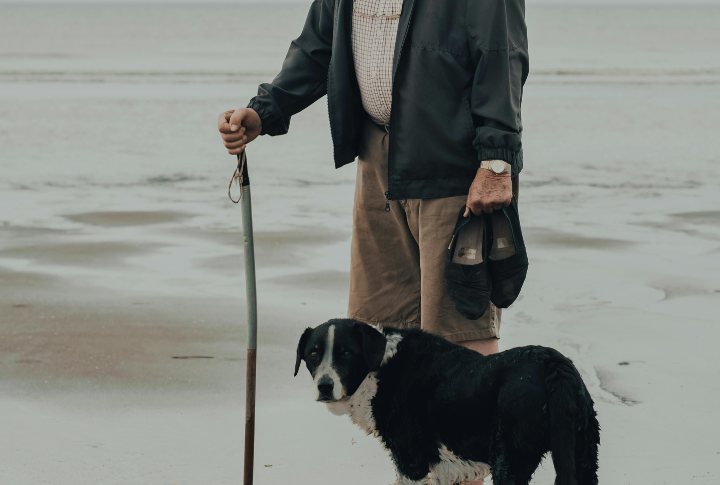
Short, gentle walks are perfect for senior dogs. They help maintain joint mobility, muscle strength, and cardiovascular health. Take walks at your dog’s pace, avoiding rough or uneven terrain. Constantly monitor for signs of fatigue, and remember to keep them hydrated. Regular walks can be an enjoyable bonding activity.
Swimming
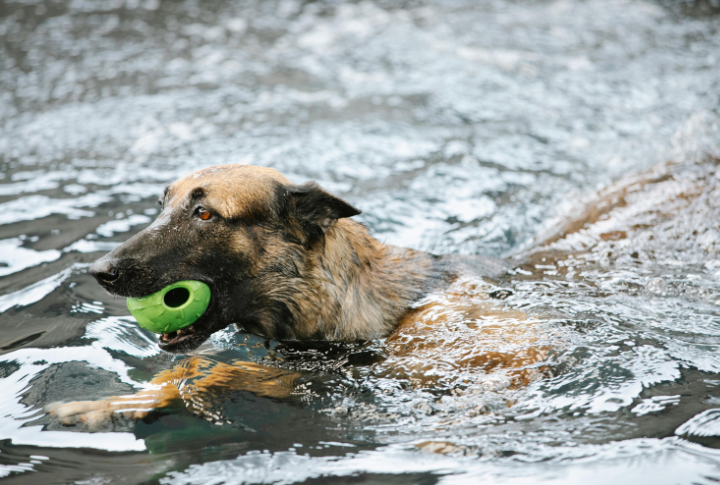
Swimming is a low-impact activity that’s gentle on your senior dog’s joints while providing excellent exercise. It helps improve muscle strength, balance, and stamina without causing strain. Perfect for pups with hip dysplasia or arthritis, swimming offers a fun, therapeutic way for your dog to stay active.
Puzzle Toys
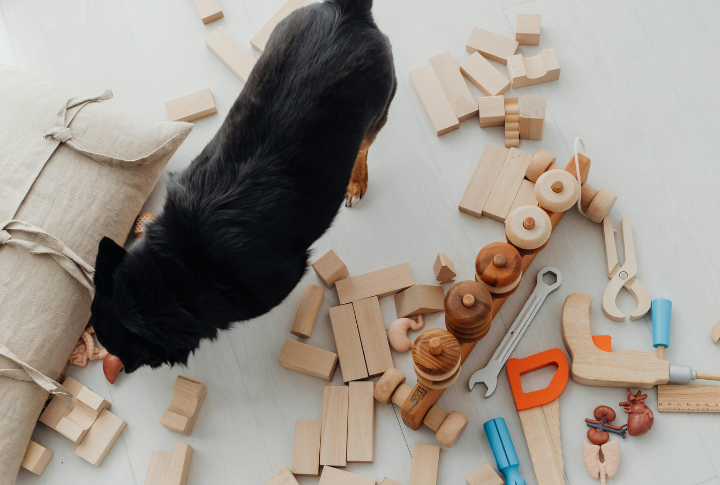
Mentally stimulating your elderly doggo is just as important as physical exercise. Puzzle toys that require problem-solving or dispense doggie treats help keep your dog’s mind sharp. These activities engage your dog’s brain while promoting curiosity and focus. Choose age-appropriate puzzles that are complex enough to challenge your dog but not frustrate it.
Short Play Sessions
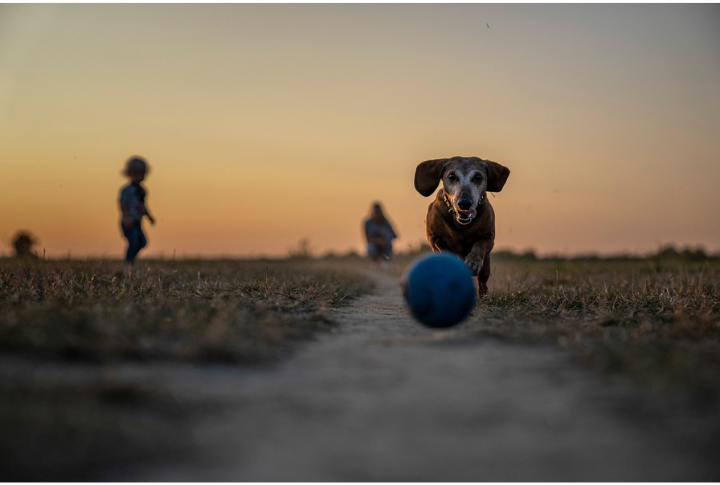
Though your dog may not have the energy for extended playtimes, short, gentle play sessions, like fetch or tug-of-war with soft toys, are still beneficial. These brief bursts of activity can stimulate your dog’s muscles and mind, providing enrichment without overexerting them.
Massage Therapy

Massaging your dog can promote circulation, relax tense muscles, and help relieve joint pain. Regular massage sessions help keep your elderly dog comfortable and reduce stiffness. It also provides gentle physical stimulation and can be a calming bonding experience.
Hydrotherapy
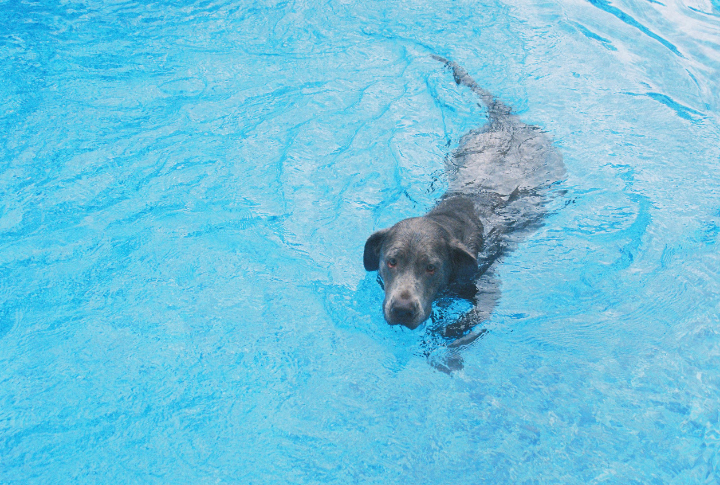
Hydrotherapy is an excellent form of low-impact exercise for senior dogs. Performed in controlled pools or tubs, dogs can move without straining their joints. It can help lower pain, improve mobility, and enhance muscle tone, and makes it an excellent option for arthritic or overweight dogs.
Interactive Training

Don’t let age stop your dog from learning new tricks! Gentle, low-impact training sessions help keep your dog’s mind active and engaged. Use positive reinforcement to teach basic commands or fun tricks. Training also imparts mental stimulation to keep your dog focused and maintain its cognitive function.
Scent Work
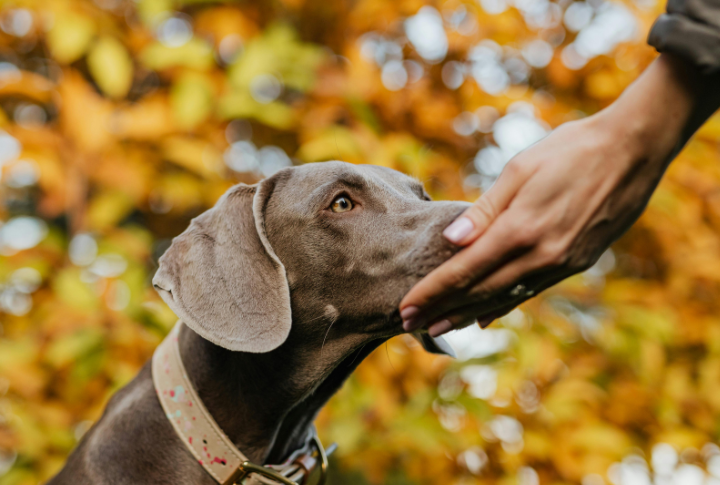
Scent-based games make engaging your senior dog’s senses easy without requiring too much physical effort. Hide toys or treats all over the house and motivate your doggo to hunt them down. This stimulates their mind and allows them to indulge their instincts to hunt in a relaxed, enjoyable way.
Canine Yoga (Doga)

Doga, or canine yoga, involves gentle stretching and bonding exercises you and your dog can do together. This low-impact activity helps with flexibility, mobility, and relaxation. The calm, slow movements are ideal for senior dogs, and it’s a beautiful way to spend quality time while keeping them moving.
Indoor Play
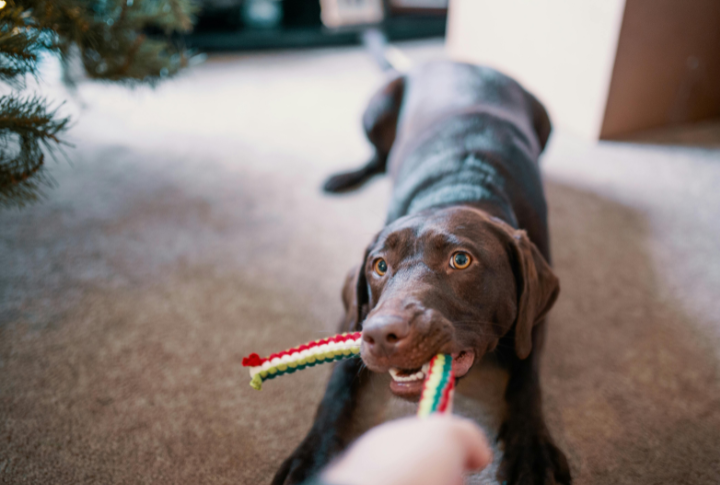
Indoor play can keep your dog active when the weather isn’t cooperating. Games like hide-and-seek, gentle tug-of-war, or retrieving soft toys can provide light exercise in the comfort of home. Keep sessions short and monitor your dog for signs of fatigue, which ensures they enjoy the activity.
Low-Impact Agility
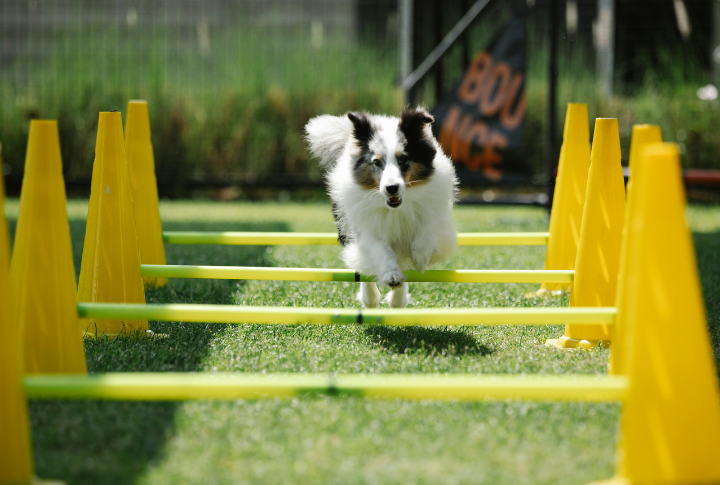
Modify traditional agility courses to create low-impact versions for your senior dog. Set up simple obstacles like tunnels, ramps, or weave poles at a lower height. This helps with balance, coordination, and mental engagement without stressing the joints. Keep the activity light and fun!
Walk on Soft Surfaces
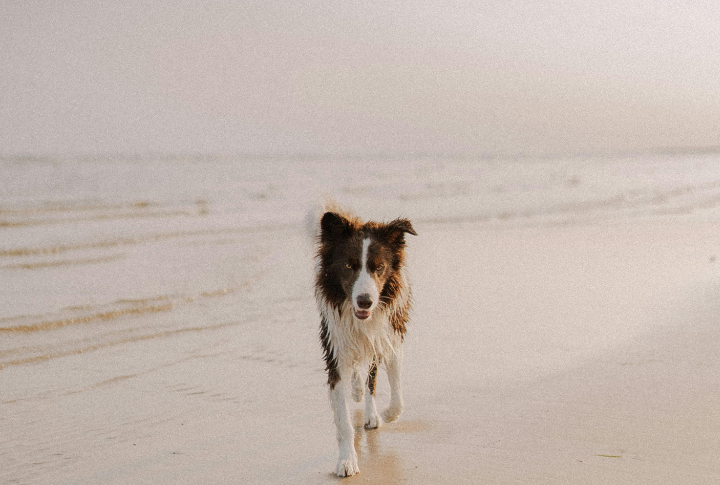
Walk on forgiving surfaces, like grass or sand, to reduce strain on your dog’s joints while still providing healthy exercise. These surfaces cushion their steps, making movement more manageable and more comfortable. It’s a great way to keep their walks enjoyable and minimize discomfort.
Social Interaction
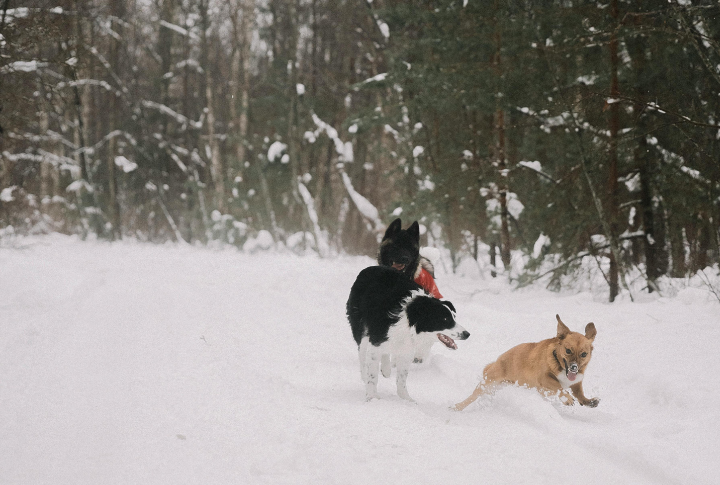
Socializing with other calm, friendly dogs can keep your senior dog mentally engaged and active. Gentle meetups at the dog park or with familiar companions can stimulate them without overwhelming their senses. Always ensure the playmates are gentle and avoid situations that might be too strenuous.
Mobility Aids
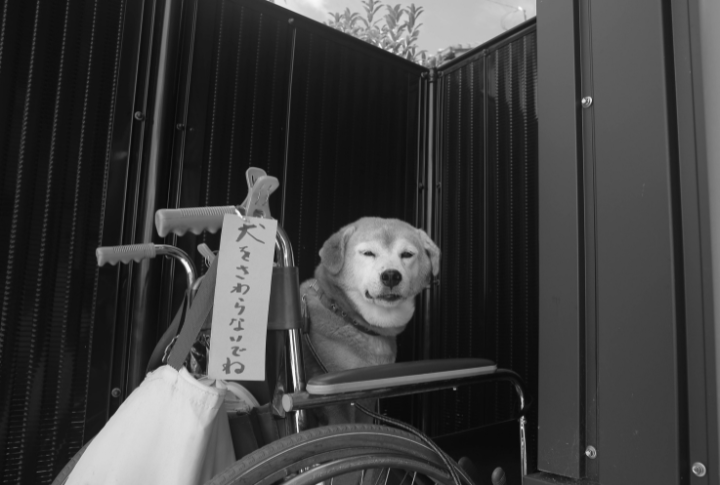
If your senior dog struggles with mobility, consider using aids like ramps, harnesses, or carts to help it move around. These tools allow your dog to stay active by supporting its joints and reducing strain. Mobility aids help maintain independence and improve its quality of life.
Frequent Potty Breaks

Encouraging more frequent potty breaks allows your dog to stay mobile throughout the day. Instead of long, tiring walks, provide short, frequent trips outside. This routine promotes light activity to prevent stiffness and keep them mentally alert. It also helps maintain bathroom habits and encourages mobility.





